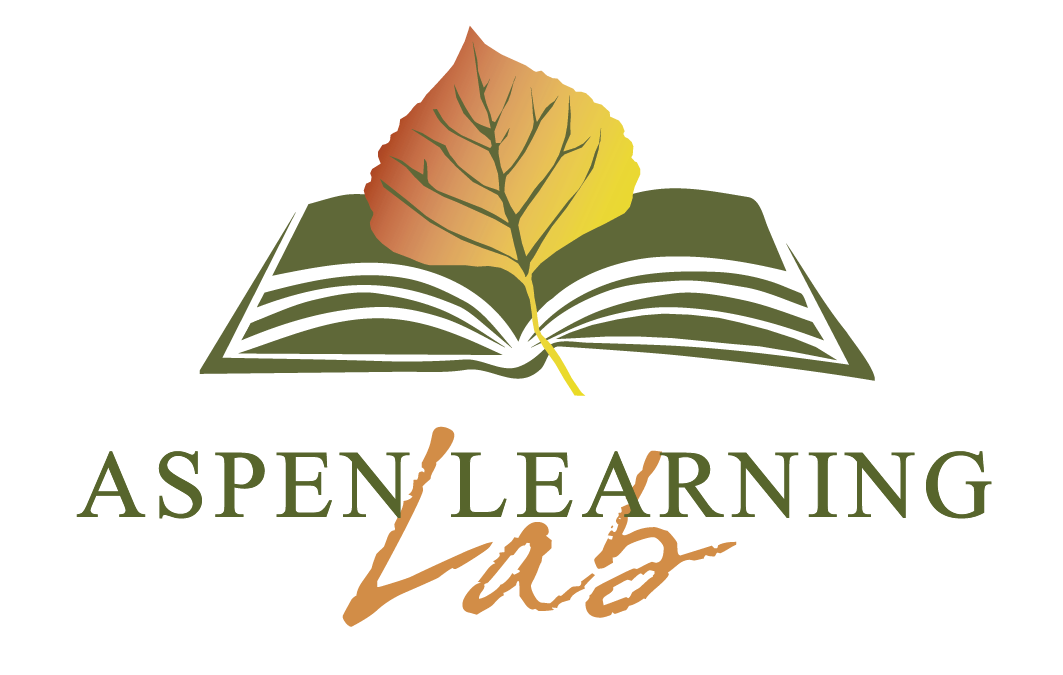Five Study Tips to Improve Memory Retention
by Aspen Learning Lab
Memory: Study Tips for Improving Long-Term Retention and Recall
Names of historical figures, dates of important battles, the role of the mitochondria, mathematical proofs and theorems, Shakespearean sonnets, new vocab words…wow, how do students keep all this information in their brains!? And how can we help our kids work with memory in a positive and lasting way that avoids cramming, stress, and anxiety? This involves a deeper understanding of how memory works, as well as creating effective skill-based strategies for retention and recall.
HOW DOES MEMORY WORK?
All information we perceive enters our brain as “sensory memories”. Information that we give attention to enters short-term memory (STM). Our attention essentially signals the brain, “Hey, that’s important!”, and depending on what we do next, some STMs will be lost and some will enter long-term memories (LTM).
BUILDING A MEMORY (ROTE MEMORY VS. UNDERSTANDING)
In order for information to become a long-term memory (LTM), it must first pass through sensory and short-term stages. On this journey, a tremendous amount of information is filtered out and lost on the way. The goal is for a student to create learning strategies that maximize retention and minimize loss of important information.
Many common study methods create “weak” memories that make retrieval practically impossible after a short period of time, such as almost immediately after an exam. This kind of “surface learning” i.e., rote memorization, can make it easier to recall information within a narrow window of time, but when it comes to application and analysis they may be worse than useless because they consume valuable time that could/should be spent on deep learning approaches.
“Memorizing” and understanding are not equivalent. Of course, memory is critical, but rote memorization creates LTMs that lack context, associations, and meaning. Rote practices do not lead to genuine understanding and fail to produce retrieval cues required to recall and apply information in a deeper context, such as answering an exam question requiring critical analysis.
HOW ARE LONG-TERM MEMORIES RETRIEVED?
Because memories are stored throughout the brain, retrieval involves reconstructing the memory, like putting together a jigsaw puzzle.
Example: Imagine trying to remember someone’s name, but you can only recall that the person was female and her name began with the letter ‘B’ so you mentally run through all the female names you know that begin with the letter B. Alas, recollection finally comes from a different retrieval cue altogether, “Her name was Betty and I remember because we talked about how much we both liked the Flintstones when we were kids.”
To be readily accessible, a memory needs to have multiple, relevant retrieval cues. Study methods that improve long-term retention and recall involve creating meaningful associations. In the example above, retrieval cues included: female category, name begins with letter B, instance of discussing mutual fondness of the Flintstones, and Betty Rubble was a Flintstones’ character. Similarly to the retrieval cues used in this example, below are five excellent study tips to help your student work with memory in a positive and lasting way.
5 STUDY TIPS TO PRODUCE DEEPER LEARNING AND MEMORY RETENTION:
- Retrieval Practice
- Self-quiz by recalling information from your memory. Every time you access a memory, you strengthen it. So, not only does self-quizzing help you identify your areas of weakness, it also helps you retain the information for later recall by strengthening connections in your brain.
- In addition to taking notes, write your own study questions and use them to test yourself.
- Elaborative Rehearsal
- Link new information to things you already know with meaningful associations. Play around with information until some feature suggests a memory “hook”, such as a mnemonic, picture, pattern, rhyme, or story; the more emotive, the better. Information you understand rarely needs to be “memorized.”
- Use your own words to rephrase definitions/descriptions; try to imagine how you would explain the information to someone with no content specific background, and think about how the information fits into the “big picture”.
- 3. Distributed Effort
- Spread studying out over several days, rather than cramming. It is important to review everyday. Obviously, you cannot review everything each day, but make sure you frequently review the things that are most challenging to you.
- 4.Task Focus& Environment
- Avoid multitasking when learning difficult or dense material. Multitasking divides attention, takes up valuable short-term memory space, and negatively impacts on LTM formation. Recall is enhanced when the environmental context is similar during both the learning and recall phases and is one reason why studying in a quiet place is generally preferable to a noisy one.
- 5.Sleep Effect
- Review information you’re trying to memorize right before you go to sleep. Deep sleep plays an important role in memory consolidation. This is a good time to spend a few minutes reviewing a chart or going through some flashcards. To further enhance your memory, try to recall the information (test yourself) shortly after you wake up.
For additional information or if you’d like to continue the conversation, please email us at contact@aspenlearninglab.com.
*Resources: Michigan State University College of Osteopathic Medicine’s Study of Academic Success
Happy Learning!
The Aspen Learning Lab Team
